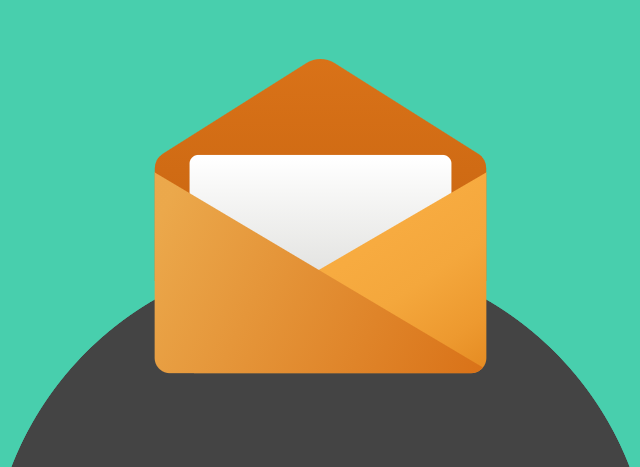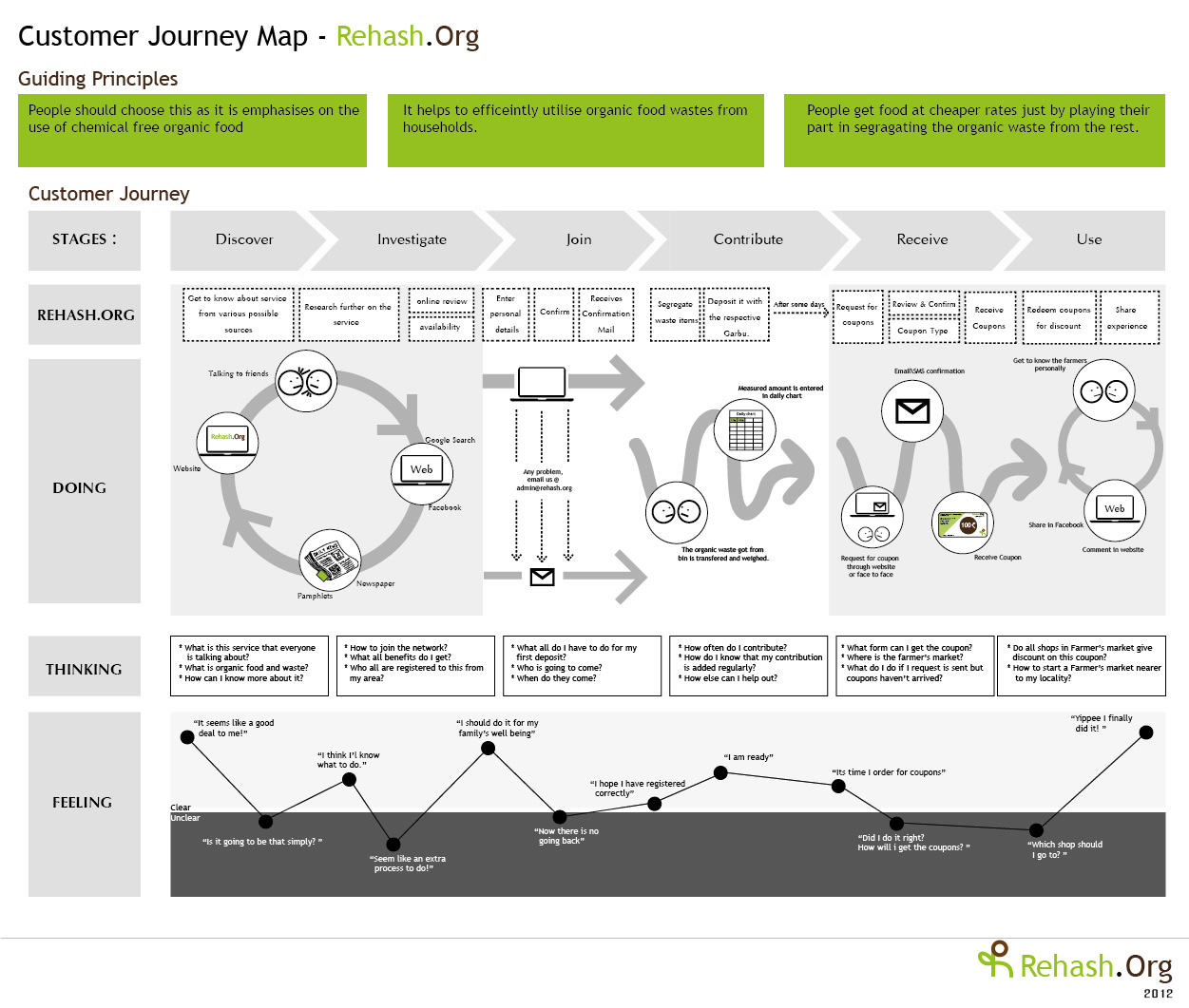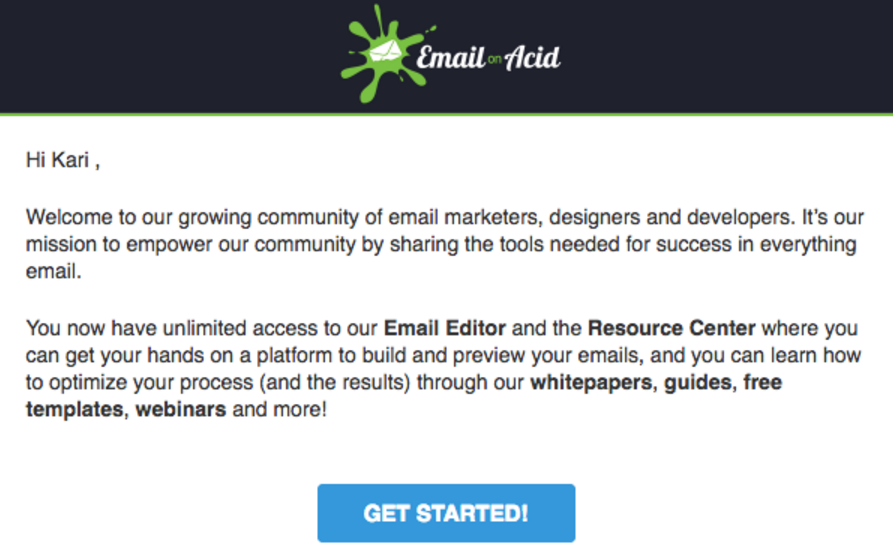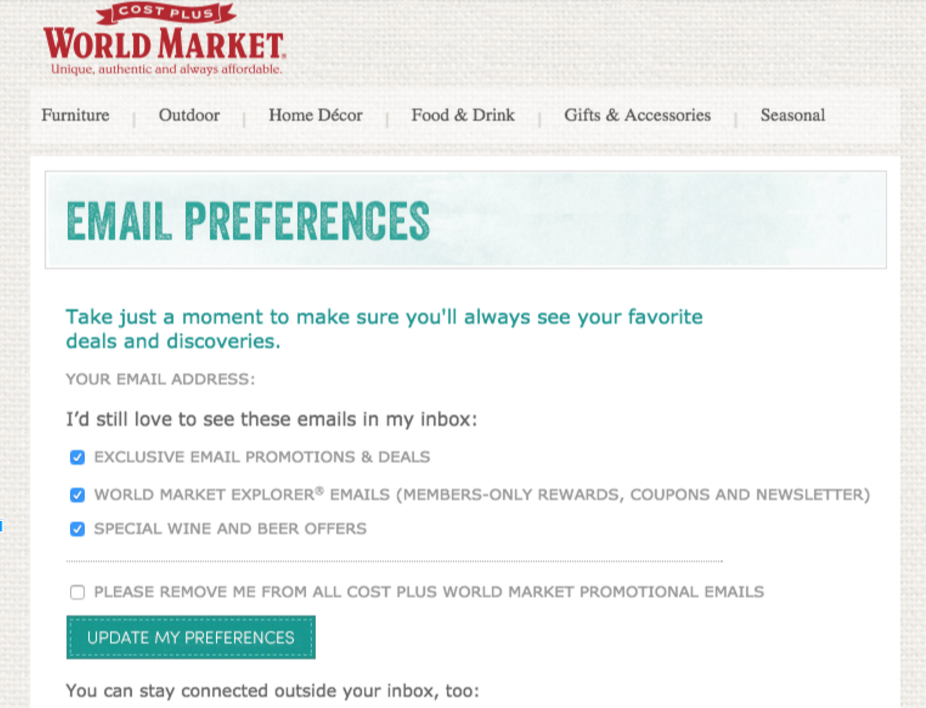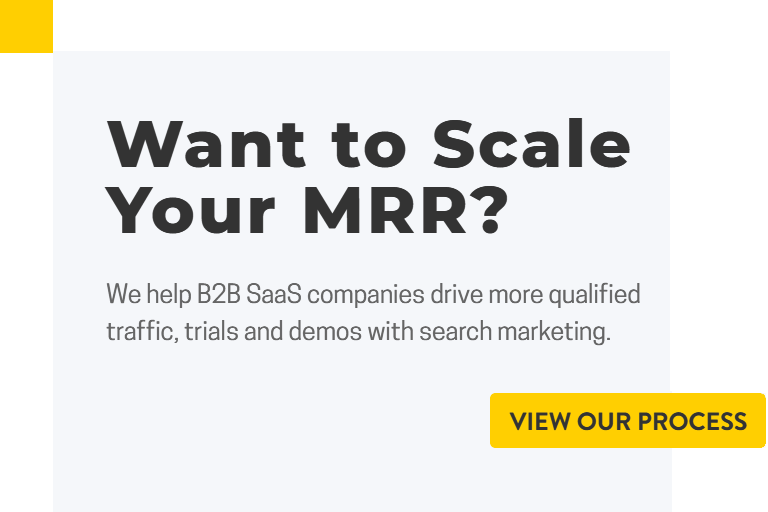The way people live, learn, shop and buy has fundamentally changed forever.
With so much information available online, consumers are now more educated than ever. Today, 60% of the sales cycle is over before a buyer steps foot in your door, or talks to a salesperson.
What does this mean?
Almost 2/3 of the traditional sales cycle is dissipating before our eyes. By the time you get to speak to a customer, most of them know exactly what they want/need, what options are available, how much they are willing to pay for it, and most likely whether or not they are even going to buy from you.
How can businesses navigate this sea change?
One way is email automation.
At the end of the day consumers should be nurtured, not interrupted. They should receive relevant information at each stage of the buyer journey. Information designed to educate, position and above all else build trust.
Yes, email automation has been around for a while. Yes, it can work in ANY niche. Yes, you may have thought it already. But, it’s something very few businesses do.
Why?
Because there is a lot to it, and often people just don’t where to start.
In this post, we’re going to start from the ground up and highlight 5 action items you can implement today and fire up your email automation engine.
1. Your Customer’s Journey
Always start with the end goal of the automation journey… and work backwards.
Are you a start up company looking to get your brand out there?
Do you have a list of customers you’re trying to upsell?
Once the end goal is clear move forward with creating a customer journey map.
Journey maps are critical because they will help identify where/when/who should be in contact with the customer. Most companies skip this step, and it hurts them in the long run. Customers become dissatisfied with services because there isn’t a clear path marketing/sales/support can follow to serve the customer effectively.
For example:
Rehash.org has one of the more intricate customer journey maps I have seen. They have taken into account customer actions, thoughts, feelings, and how these factors impact the engagement across their company:
2. Segmentation
Stay away from batch and blast emails.
Your buyers aren’t all the same. Whether B2C or B2B, most businesses will not have just one type of customer, even if they do only sell one type of product or service. Since there is no one-size-fits-all customer, there should be no one-size-fits-all blanket email blasts either.
Think about it, if you were a plumbing company you might have two distinct audiences – the property manager and the single family home owner. The needs, and subsequently the messaging for each audience would be very different.
Email messaging should address the specific needs of each customer persona. Email segmentation – categorizing your list according to certain interests and behaviors – is the best way to achieve targeted messaging. It will directly impact open rates, engagement, conversion and customer retention.
Here is another example: A retailer gets my information because I bought shoes off their website. I have signed up for weekly emails, and they send me the first newsletter.
Instead of receiving a personalized email with the latest shoe deals, they send me an addressed to (Hey <firstname>,) which includes all their “hottest deals” for the week. The hottest deals include everything BUT the products I bought.
No personalization.
No relevant offers.
Insta-unsubscribe.
Segmentation is the best way to avoid this mistake. In the case above, if you had an opt-in offer like “Subscribe to our newsletter and get the latest shoe deals” and showed it only on those product pages selling shoes, you would know anyone opting into the list was interested in buying a new pairs of kicks. The form would ask for name and email (personalize), and promote only the latest shoe releases or deals.
Messages can now be tailored to the right person, at the right time.
This principle applies equally to B2B companies. The example below demonstrates that even the largest companies make the mistake of not testing personalization tags.
3. Always Be Testing
Automation or segmentation are both critical to any success email marketing campaign, but without continual testing and optimization you’ll never reap the full fruits of your labor 🙂
Similar to the mantra of sales teams,’ ABC’ (always be closing), when it comes to any form of email marketing, you should always be testing.
For example, at the very least you should be testing send times, frequency, subject lines and messaging. There are loads of ways to learn about your customer just by testing basic elements of your email. Find out which times of day get the highest engagement (time of day, # of times, etc), what percentage of your subscribers read emails on their mobile device, what subject lines get the highest open rates, and which CTAs get the highest engagement.
Luckily, most email automation platforms out there already have this functionality built in. You just need to know what to test, and how to read the data.
Note: To start, only test one variable at a time. If you’re testing multiple variables at the same time it’s difficult to isolate what influenced the data. For example, if you you send two emails to different segments of your list, each at a different time of the day and with different subject lines, it would be impossible to tell whether it was the subject line or the send time that caused one to get a higher open rate.
4. Relevancy
If a customer comes to your site, signs up a service, but doesn’t hear from you for a week, are you still relevant to them?
Your subscribers are the most engaged with your brand immediately after subscribing to your list. By automating email distribution you could see 70.5% higher open rates and 152% higher click-through rates than if you were to send messages sporadically. (Epsilon Email Institute).
One of the first emails you should add to the autoresponder is a welcome email. They should be used to achieve three goals:
1) Build a personal connection with the subscriber
2) Immediately engage the subscriber
3) Set an expectation – what information will they receive, and how often?
4) Build curiosity so the reader will want to actually open your next message
5) Provide the first piece of value. For SaaS product/service companies, this could be a quick-win in the onboarding prorocess.
Below is an example of Acid’s welcome email. I signed up for the newsletter, and within an hour I received this email:
They welcome me to the community, highlight added value of being apart of the community(we all love to belong), and closed with a clear call to action. Short and sweet.
5. State of Unagi
As our good friend Ross reminds us, always be in a state of total awareness.
Look at the data. Numbers don’t lie.
Source: Mailchimp
Establish some key performance indicators (KPIs) – open rate, CTR, unsbscribers, bounce rate, email conversions – and monitor closely over time.
Allow preferences
As easy to way to learn what your customers want is to create a preference center. Preference centers allow your customers to control which communications they receive from you, without unsubscribing. This helps keep the messaging ultra focused.
Set up your preference center to tie back into your CRM, or database to automatically update the customer’s changes. It may seem silly, but try to think as your client would and determine what options should be included. Below World Market gives the example of what is a good preference center. The unsubscribe is there to be checked, but with the other options, I won’t need to check it (unless I absolutely needed to). I really like that you can still connect with them (and they call it out) outside of the inbox too.
Ready, set, automate!
Still far from a step-by-step implementation guide. However, it does touch on the basics, and will get you started down the right path on your automation journey. Start small, and take things slow, there is only one way to eat an elephant…one bite at a time.
If you’d like help growing your email list or building out a custom automation journey for your customers, schedule a free consult here.

